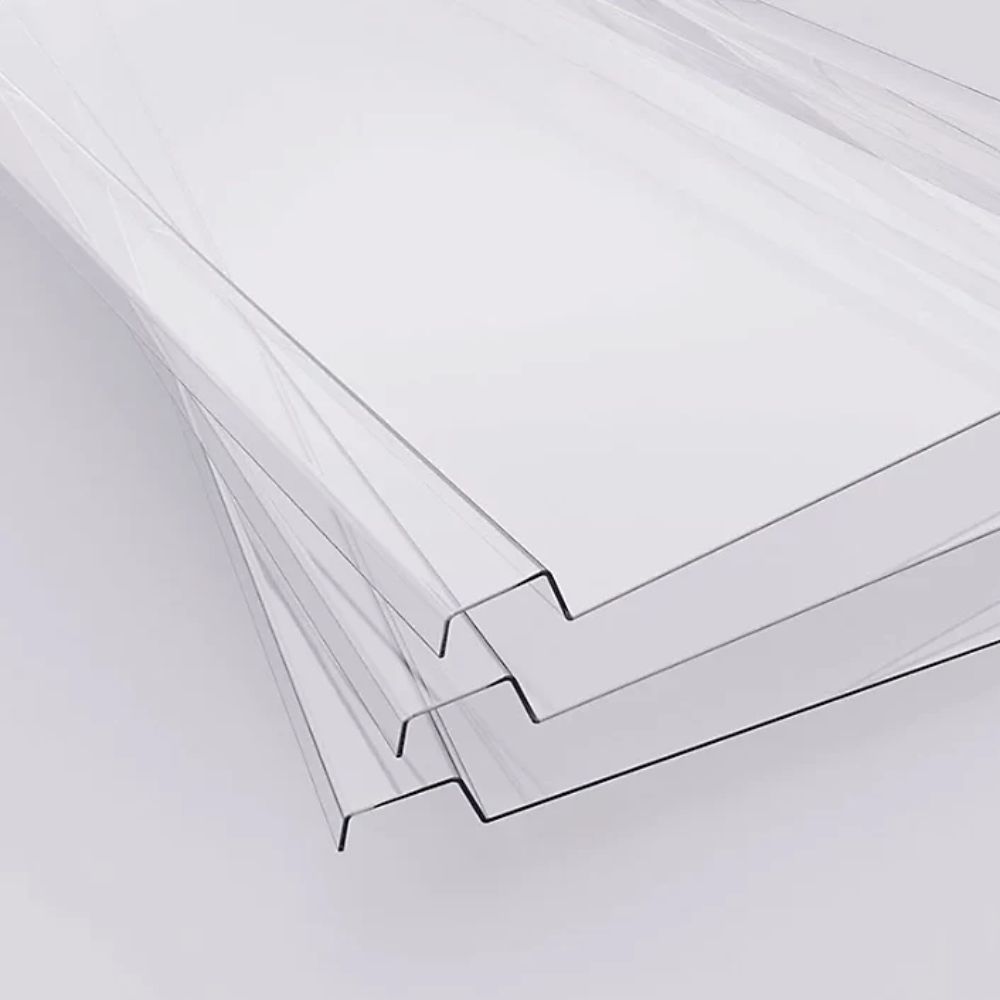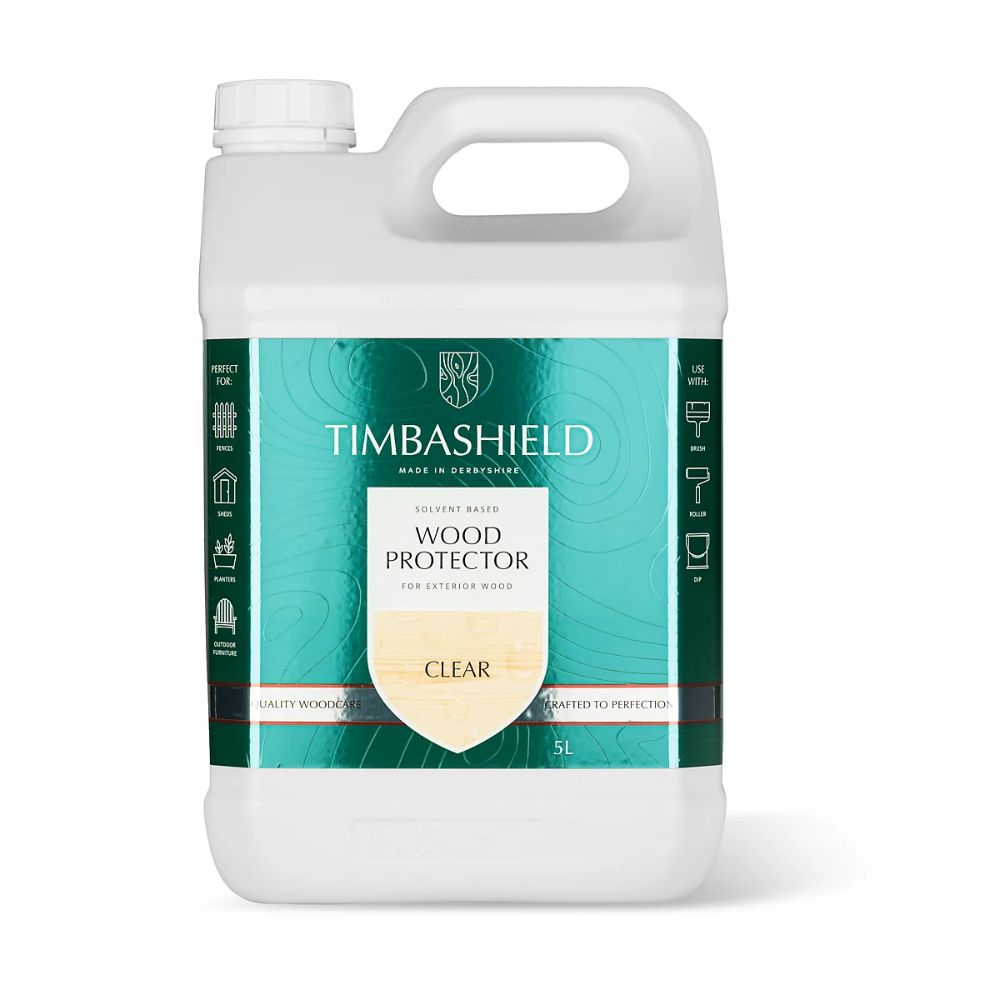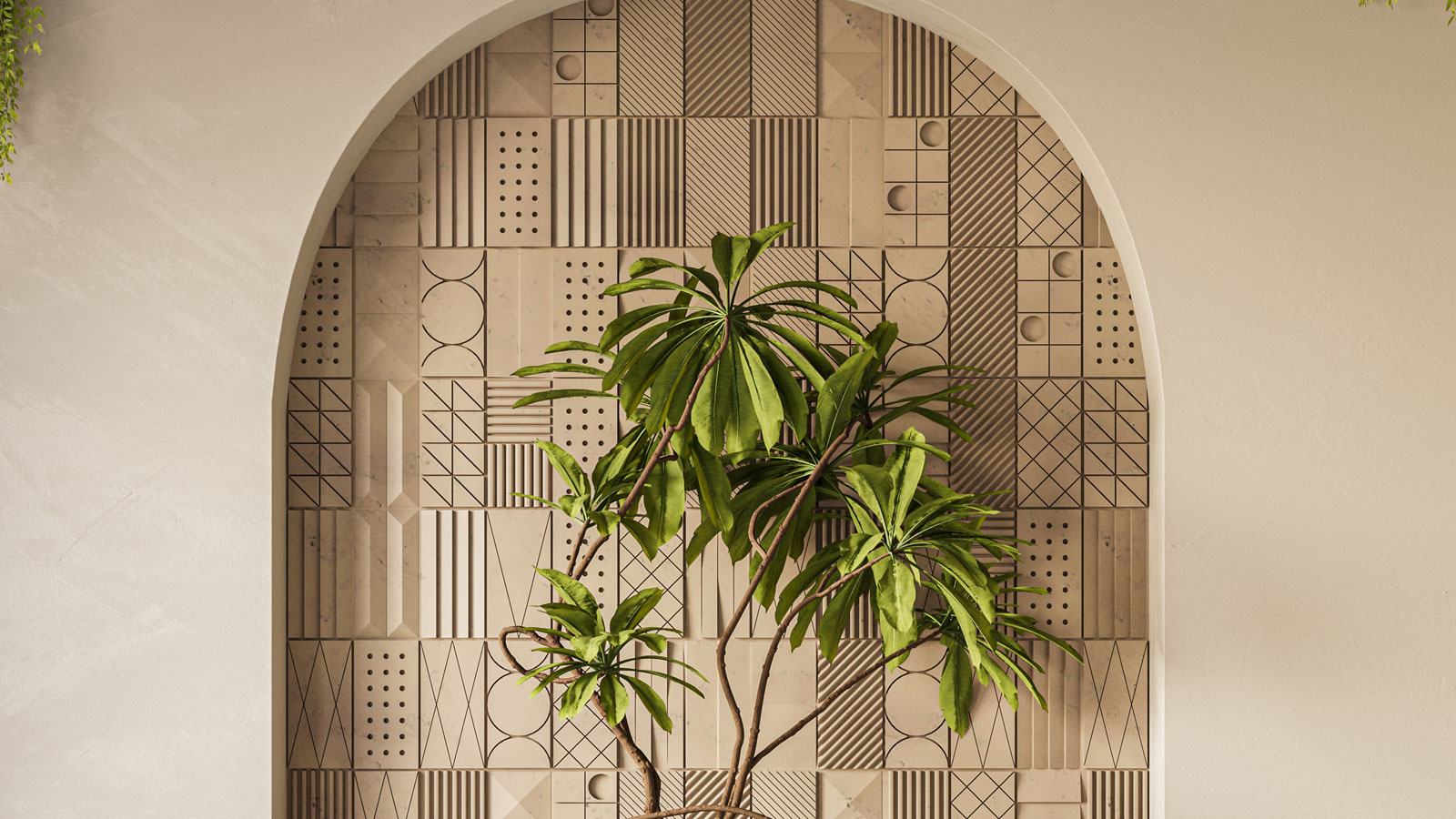Experts share their favourite tips for waterproofing a pergola
Waterproofing a pergola doesn’t have to mean compromising on style. Discover smart, design-led solutions that keep your garden covered year-round
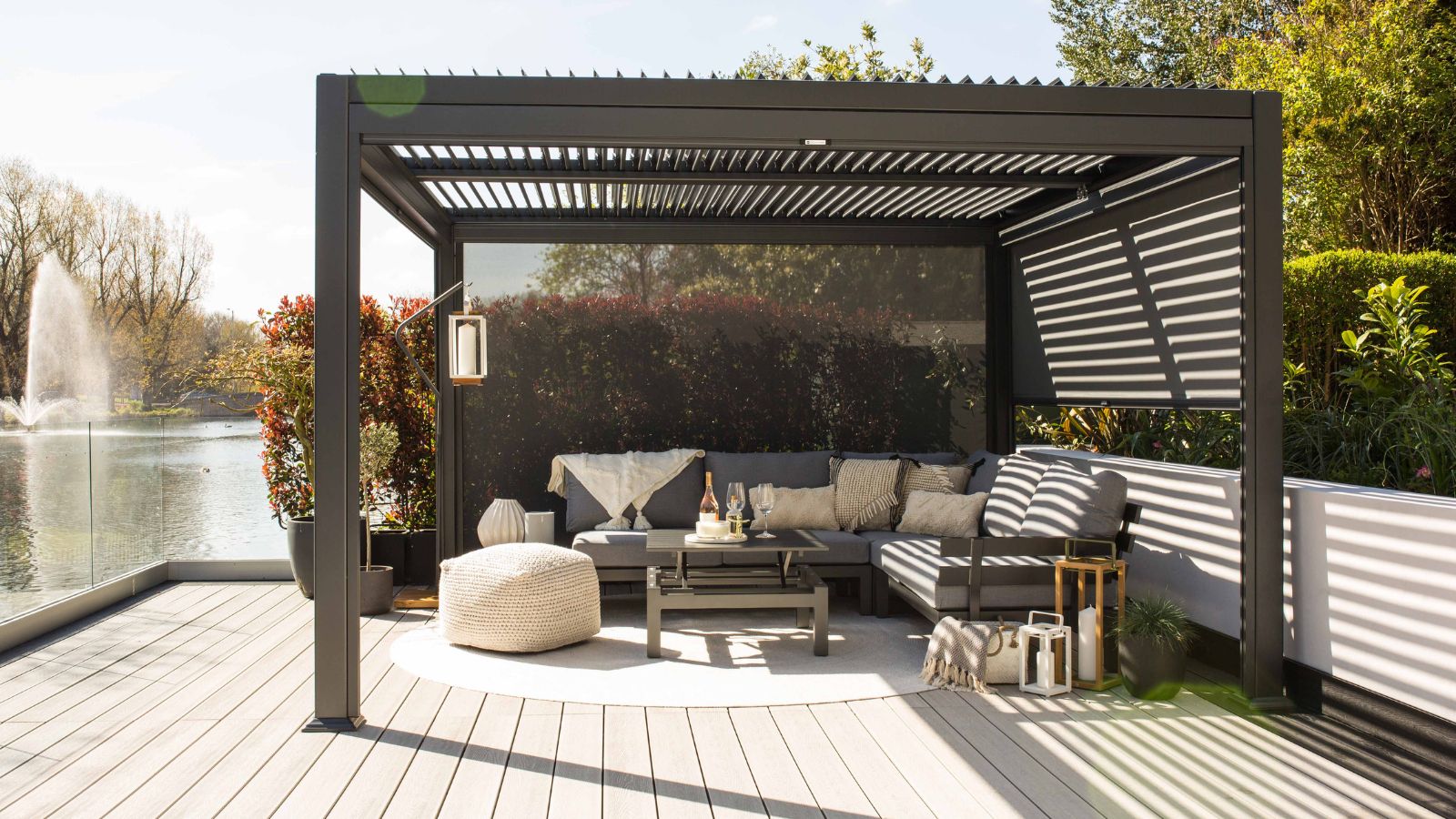
Waterproofing a pergola might not be the most glamorous part of your garden project, but it’s definitely important if you want to stay dry. Whether you’re working with a classic timber frame or a sleek aluminium design, the right approach will help you get more from your outdoor space, whatever the weather has in store.
Smart roofing, waterproof canopies and well-chosen blinds can all help protect your pergola from the elements while lifting the overall look and feel of the space. Better still, many of these options are simple to install and easy to maintain over time.
Below, our experts share how to waterproof a pergola properly, with tips to help you choose the best materials and keep everything performing as it should.
Why is waterproofing a pergola an important outdoor task?
"Unfortunately, you just can’t trust the great British weather, which is why a waterproof pergola is essential for UK gardens," says Andrew White, outdoor expert at Harbour Lifestyle.
Without proper protection, rainwater can damage the structure of a pergola, leaving surfaces slippery underfoot and potentially shortening the lifespan of your outdoor furnishings.
"Adding a waterproof covering can extend a structure's lifespan and create a more comfortable outdoor living space," explains Sam Jenkinson, pergola expert at Tiger Sheds. "A waterproofed pergola not only holds up better through the seasons, but it also offers greater flexibility in how the space can be used throughout the year."

Andrew is an outdoor expert at Harbour Lifestyle, with six years of industry knowledge specialising in luxury outdoor furniture and garden design.

Sam Jenkinson has been at Tiger for over four years and has built up a vast knowledge and experience in all areas of the product. He is a keen gardener and self-proclaimed 'shed head'.
The best ways to waterproof a pergola
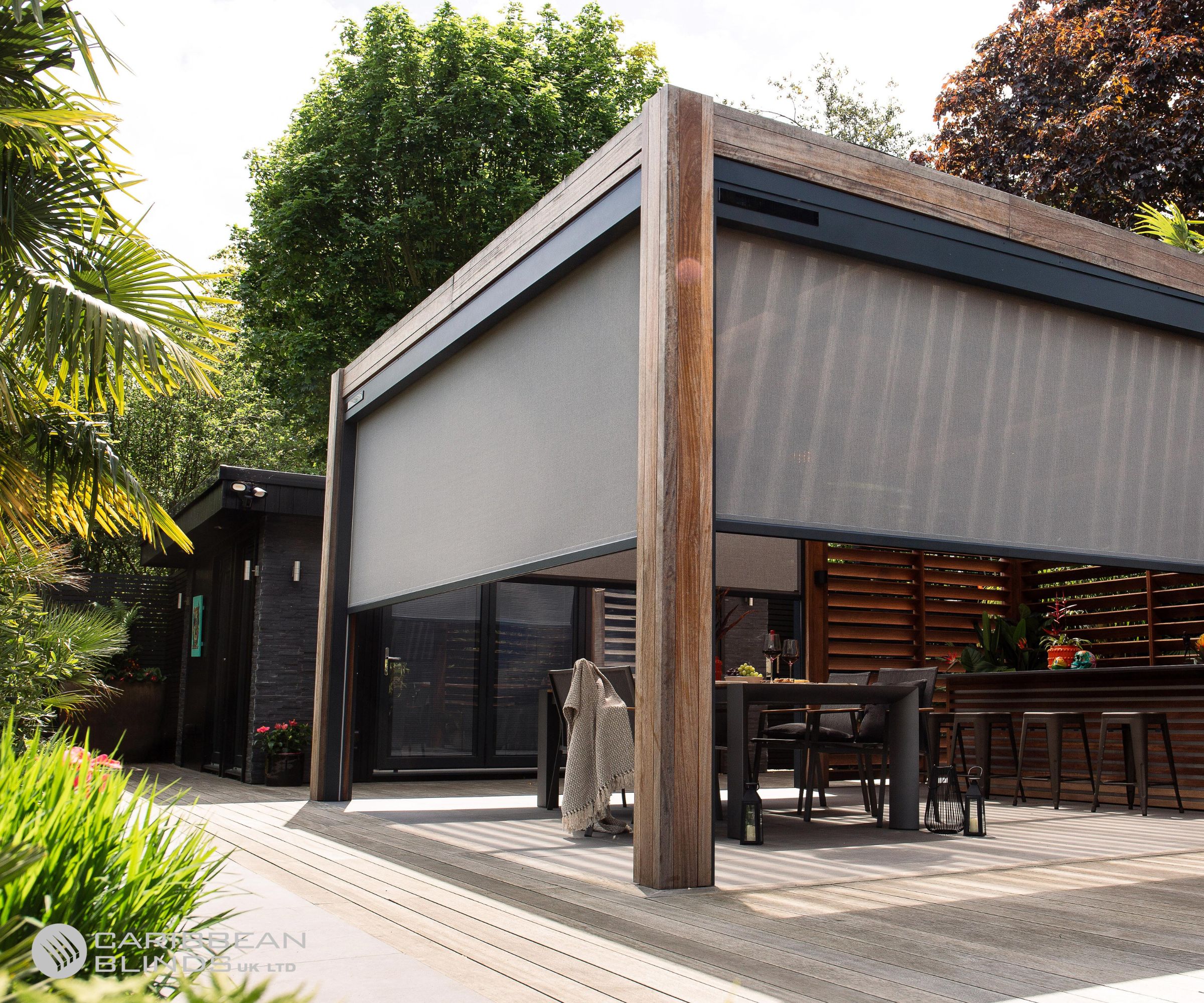
There are plenty of clever ways to waterproof a pergola that won’t spoil the look of your garden scheme. In fact, the right setup can make your space feel even more considered, and far more useful when the heavens open. From louvred roofs to canopies and blinds that work hard behind the scenes, here’s how to keep your pergola waterproof without compromising on style:
1. Install an adjustable louvred roof
If you’re after something sleek and smart, a louvred roof is hard to beat. The angled slats can be opened to let the sun shine through, or snapped shut at the first sign of rain.
"The louvres, when closed, act as a clever drainage system, ensuring rainwater doesn’t collect on top of your pergola but instead flows down the legs of the structure," explains Andrew White.
Some louvred roofs are manual, while premium versions are motorised – but all offer an easy, fuss-free way to control the environment beneath your pergola. As Sam Jenkinson points out: "You can also look into the option of adding walls, blinds or side screens for extra protection and privacy."
2. Add a waterproof canopy
For a more relaxed look, a fabric canopy is a brilliant option. It softens the structure visually while providing welcome protection from wet weather.
"Opt for either a fixed canopy or retractable canopy made from waterproof fabric," says Lee Trethewey, garden design expert at Sustainable Furniture. "They’re great because they’re so flexible. You can pull them back to enjoy the sunshine, then close them again as soon as it starts to rain."

Lee Trethewey is general manager at Sustainable Furniture, a family-run, Cornwall-based furniture retailer specialising in sustainable, high-quality furnishings for both the home and garden.
Look for canopies made from UV and mildew-resistant fabric to keep them looking their best. Cheaper alternatives might do the job short-term, but as Lee warns, "a weak canopy won’t offer enough protection and will likely need to be replaced often".
3. Install external blinds
If you like the idea of high-tech weatherproofing with barely any visual clutter, it might be time to consider installing external blinds. Designed specifically for outdoor spaces, they’re much more robust than they sound and far more stylish than you might think.
"External roller and roof blinds are ideal for waterproofing a pergola," explains Stuart Dantzic, MD of Caribbean Blinds. "They open and retract at the touch of a button, and the hardware is corrosion-resistant aluminium. They’re also wind tested up to 60mph, which is reassuring when the weather’s on the wild side."
With a huge choice of fabrics, finishes and colours available, it’s easy to tailor the look to your outdoor decking. "You can choose from weatherproof, fade-resistant and self-cleaning fabrics," Stuart adds. "Whether you want to preserve your view or add a touch of privacy, there’s an option to suit your space."
4. Use polycarbonate sheeting
This budget-friendly option might not deliver the most polished finish, but polycarbonate roofing is a solid choice if you want something that works quietly in the background. It keeps the rain out, lets the light in, and won’t compete for attention.
"Installing polycarbonate sheeting as a roof is a great option," says Lee Trethewey. "They’re clear, strong and keep the rain off while still letting in light. They’re also UV resistant, which is a bonus in summer."
It’s also a good choice for more modern garden designs, especially if you’re not keen on the heavier look of metal or timber overhead.
5. Try a temporary cover or tarpaulin
If you’re renting, keeping to a tight budget or don’t want to commit to a permanent fixture, a temporary cover can still work well.
"A waterproof tarpaulin or specially designed pergola cover could do the trick in a pinch," says Lee Trethewey. "They’re easy to install and can be removed when you don’t need them, although they might not be as durable or resistant to wind and rain as other methods."
The best waterproof pergola roofing

If you like to use your pergola year-round and not just during the summer season, it’s worth choosing a roofing material that can handle a bit of everything – sun, showers, wind, and the odd hailstorm too.
Polycarbonate panels
"For a modern, low-maintenance option, polycarbonate sheets are a great choice," says Sam Jenkinson. "They are lightweight, impact-resistant, and available in clear or tinted finishes, allowing natural light through."
Lee Trethewey, agrees: "They’re popular because they offer a modern look while also blocking out UV rays, which is a bonus in summer."
Expert tip: Make sure to install polycarbonate sheets or panels at a slight slope, so rainwater runs off easily and doesn’t pool overhead.
Corrugated or metal roofing
"If durability is a priority, corrugated metal roofing is an excellent option," says Sam Jenkinson. "Galvanised or powder-coated panels provide a strong, long-lasting barrier against rain and snow."
However, it's worth noting that metal roofs can be noisy in heavy rain. To help soften the noise, Sam recommends adding a layer of insulation underneath metal panels.
Glass panels
Glass roof panels are a good way to waterproof your pergola while allowing maximum light to shine through. It’s a more premium option, but if your pergola sits in a spot where you want to enjoy panoramic garden views, it’s worth the investment.
"For a high-end, sophisticated look, glass panels offer full transparency while keeping the rain out," explains Sam Jenkinson. "Laminated or toughened glass ensures safety and durability, and when installed with a slight slope, they provide excellent water runoff too."
Just be prepared to keep a cloth or squeegee handy, as they’ll need regular cleaning to stay looking their best.
Bitumen shingles
Bitumen shingles might not be the first thing that springs to mind when you think of pergolas, but they’re a surprisingly stylish and practical choice.
"Bitumen shingles provide excellent water resistance and insulation," says Sam. "Available in various colours and textures, they complement classic garden designs and offer a cosy, enclosed feel."
They’re also relatively easy to install and maintain, making them a great option if you want something that looks intentional without being too high maintenance.
Waterproof fabric canopies
"Waterproof fabric canopies provide versatility, especially when paired with UV-resistant coatings," says Stephanie Harrod, founder of Harrod Horticultural. "They’re excellent for all-weather protection and can be installed with a slight slope to aid water runoff."
Just like with blinds and fixed canopies, look for quality materials that will hold up to sun, wind and rain. A flimsy fabric might look good at first, but it won’t stay that way for long.
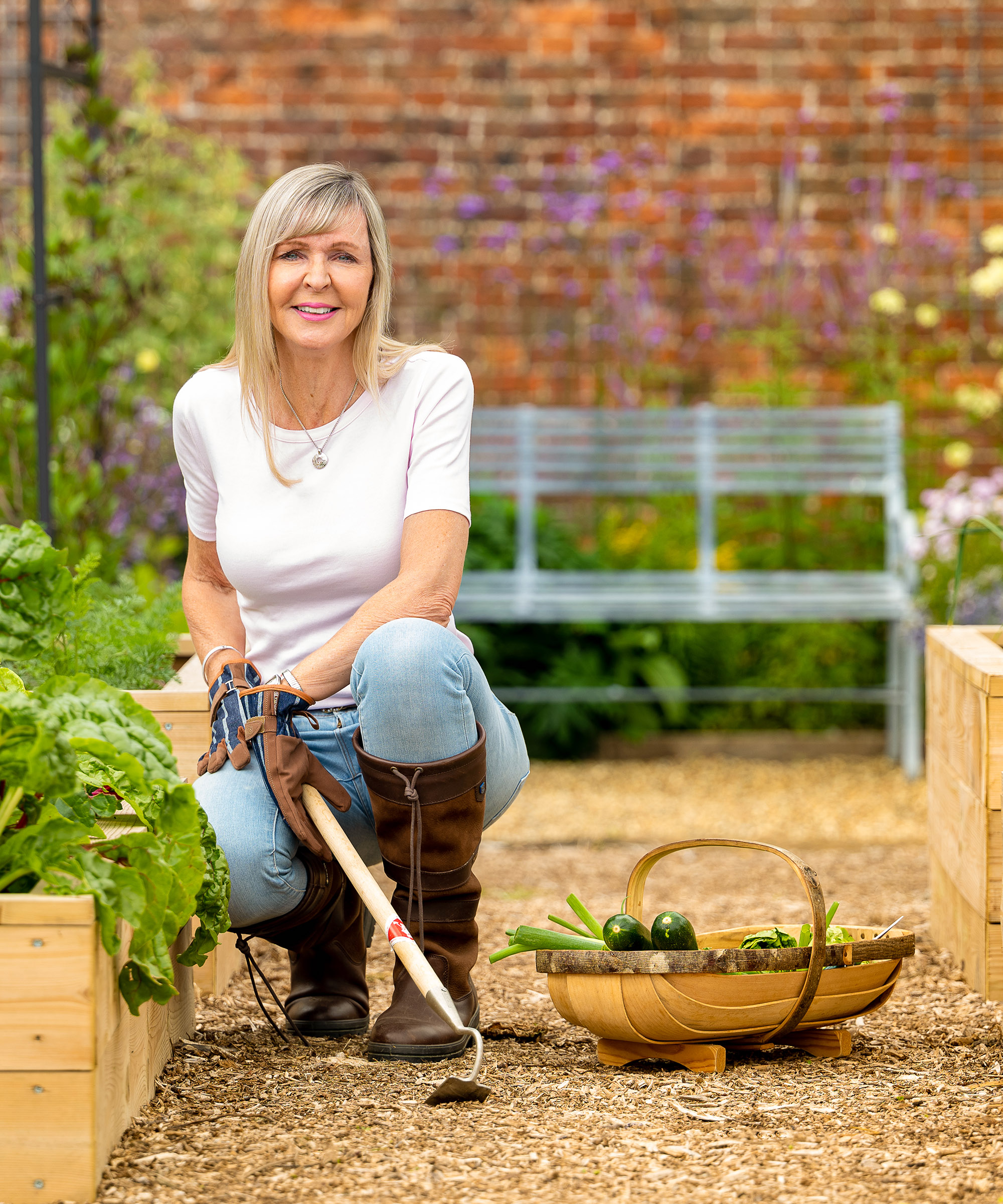
Stephanie is a keen gardener with a vision to transform outdoor spaces into havens of beauty and functionality. Combining her love for nature with innovative design. Harrod stock a large range of raised beds to suit all garden needs.
How to waterproof a wooden pergola
Wooden pergolas often require a little extra care to stay looking good in the rain. The key is to protect the timber from moisture right from the start.
"Wood is naturally porous, so without protection, it can absorb water, leading to warping, rot or mould," explains Sam Jenkinson. "Applying a high-quality, oil-based sealant is the best way to waterproof a wooden pergola."
Lee Trethewey recommends starting with a wood preservative: "It protects against rot and insects that are attracted to damp wood. A waterproof stain or paint will then add an extra layer of protection."
Don’t forget the base either. "If your pergola is built directly on the ground, consider raising the posts slightly on concrete footings," says Sam Jenkinson. Stephanie Harrod also suggests using metal brackets: "They prevent water damage at the base and extend the lifespan of the structure."
Ongoing Pergola Maintenance Tips
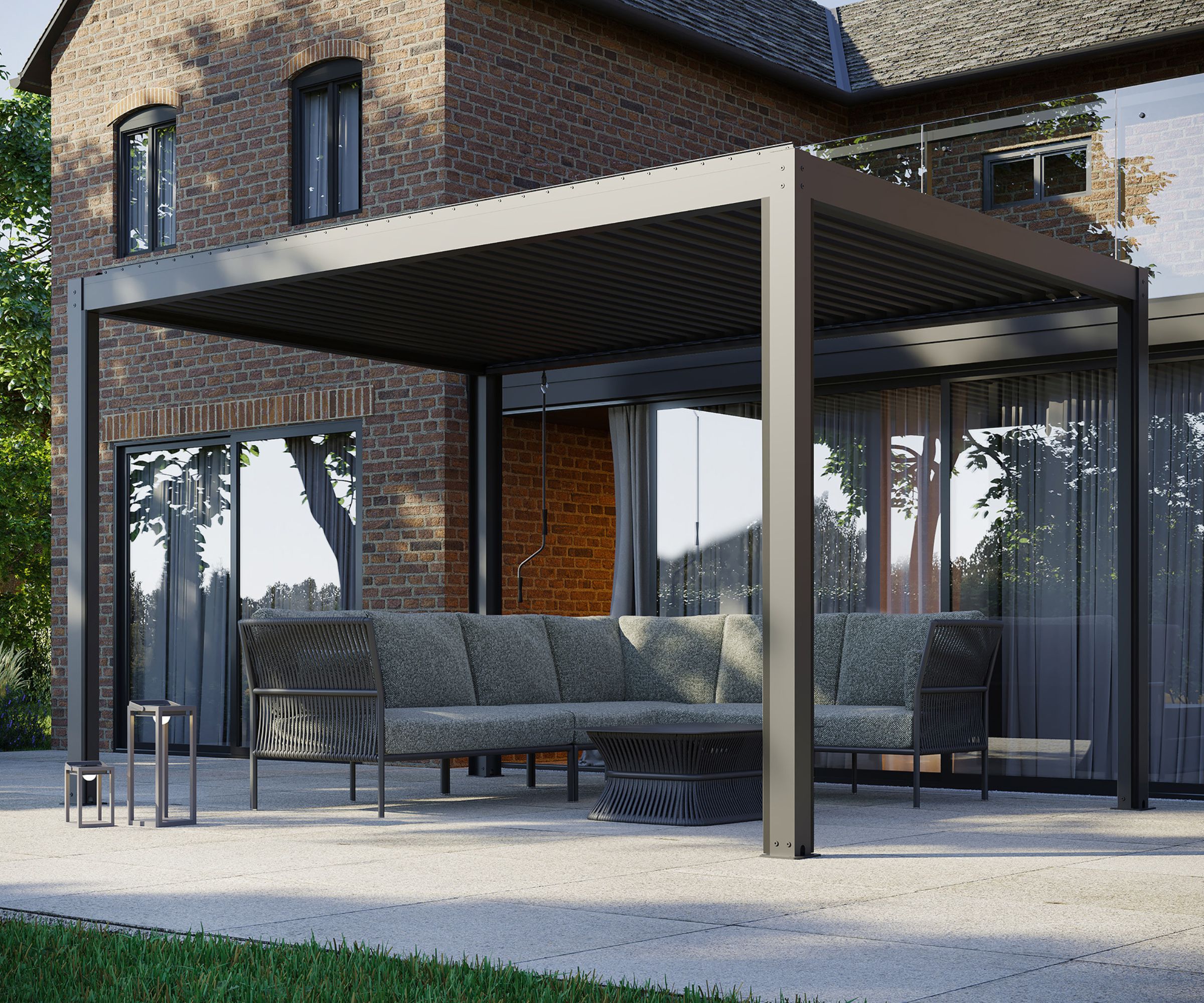
Once your pergola is waterproofed, a little upkeep will go a long way in keeping it that way. Regular checks and simple cleaning tasks are all it takes to make sure it stays in good shape through the seasons:
- Clean it regularly with a soft brush and soapy water to prevent dirt and debris from building up. "This stops water from collecting where it shouldn’t and removes dirt that could cause damage over time," says Lee Trethewey.
- Avoid using pressure washers on wooden pergolas. These tools can strip away treatments and damage the surface.
- Reapply sealant or wood stain annually to keep the structure protected. "Protective coatings wear off over time, so make sure you refresh your sealant every year," advises Sam Jenkinson.
- Inspect for damage after bad weather, including mould, cracks and warping. "Catching problems early can save you a lot of hassle later on," says Lee.
- Clear out any drainage channels to stop water from pooling on the roof or around the base. Sam suggests checking gutters and runoff areas regularly.
- Keep climbing plants for pergolas in check. "Overhanging foliage can trap moisture against the wood or roof, so it’s best to keep it trimmed back," Lee advises.
For more ways to stay dry outdoors, take a look at our favourite patio cover ideas. From pergolas to shade sails, there’s something to suit every garden and budget.
Get the Homebuilding & Renovating Newsletter
Bring your dream home to life with expert advice, how to guides and design inspiration. Sign up for our newsletter and get two free tickets to a Homebuilding & Renovating Show near you.

Gabriella is an interiors journalist and has a wealth of experience creating interiors and renovation content. She was Homebuilding & Renovating's former Assistant Editor as well as the former Head of Solved at sister brand Homes & Gardens, where she wrote and edited content addressing key renovation, DIY and interior questions.
She’s spent the past decade crafting copy for interiors publications, award-winning architects, and leading UK homeware brands. She also served as the Content Manager for the ethical homeware brand Nkuku.
Gabriella is a DIY enthusiast and a lover of all things interior design. She has a particular passion for historic buildings and listed properties, and she is currently in the process of renovating a Grade II-listed Victorian coach house in the West Country.
